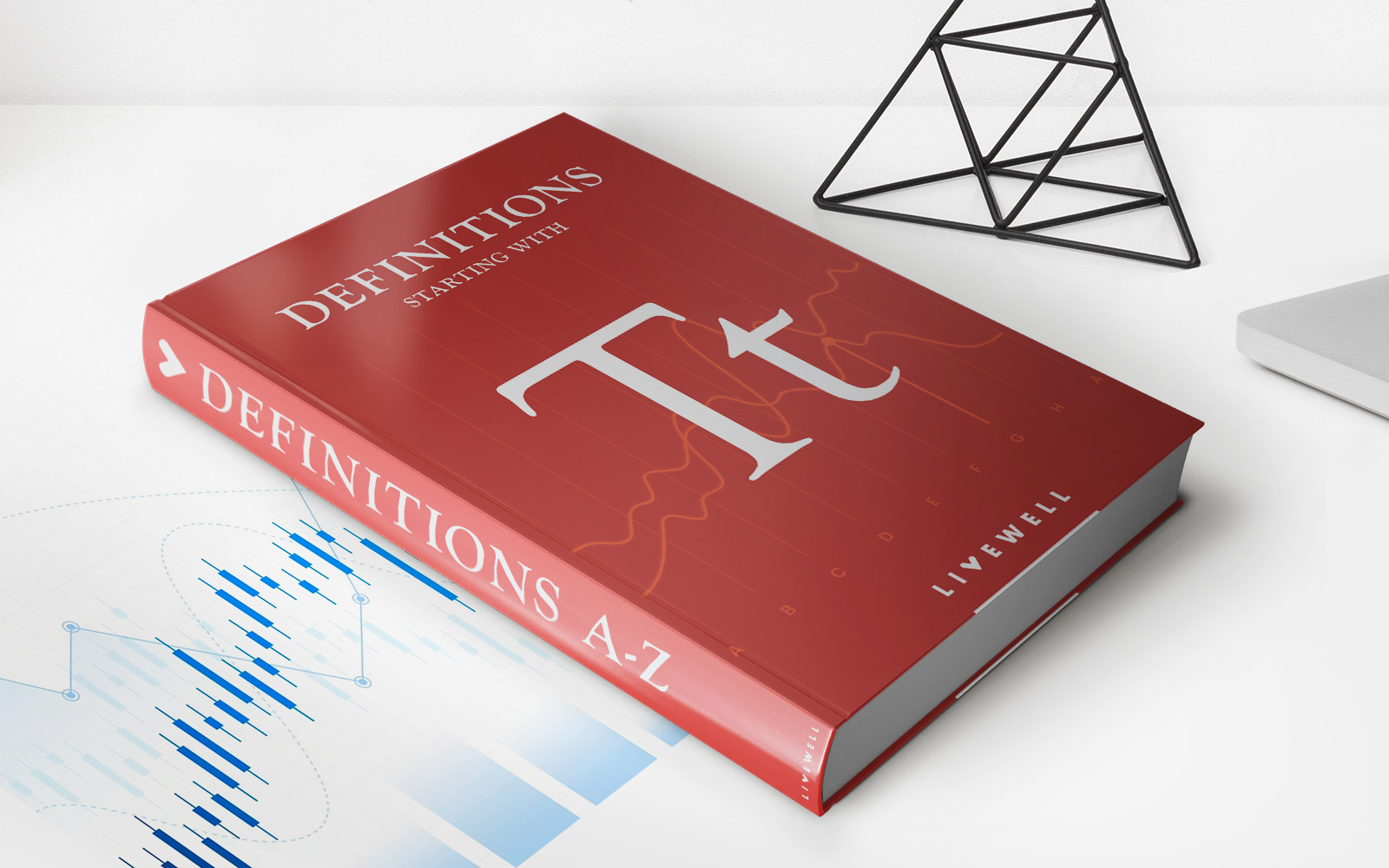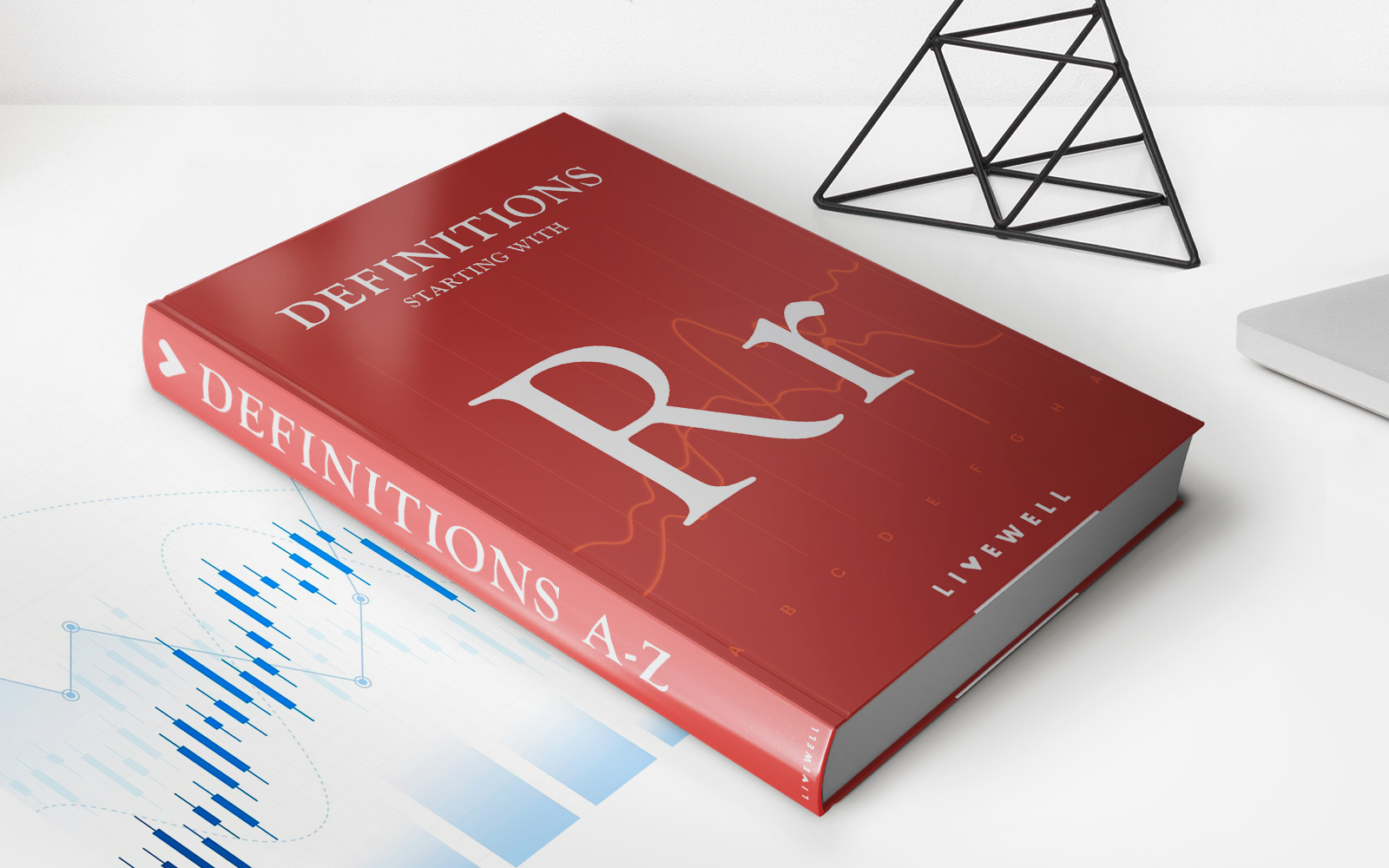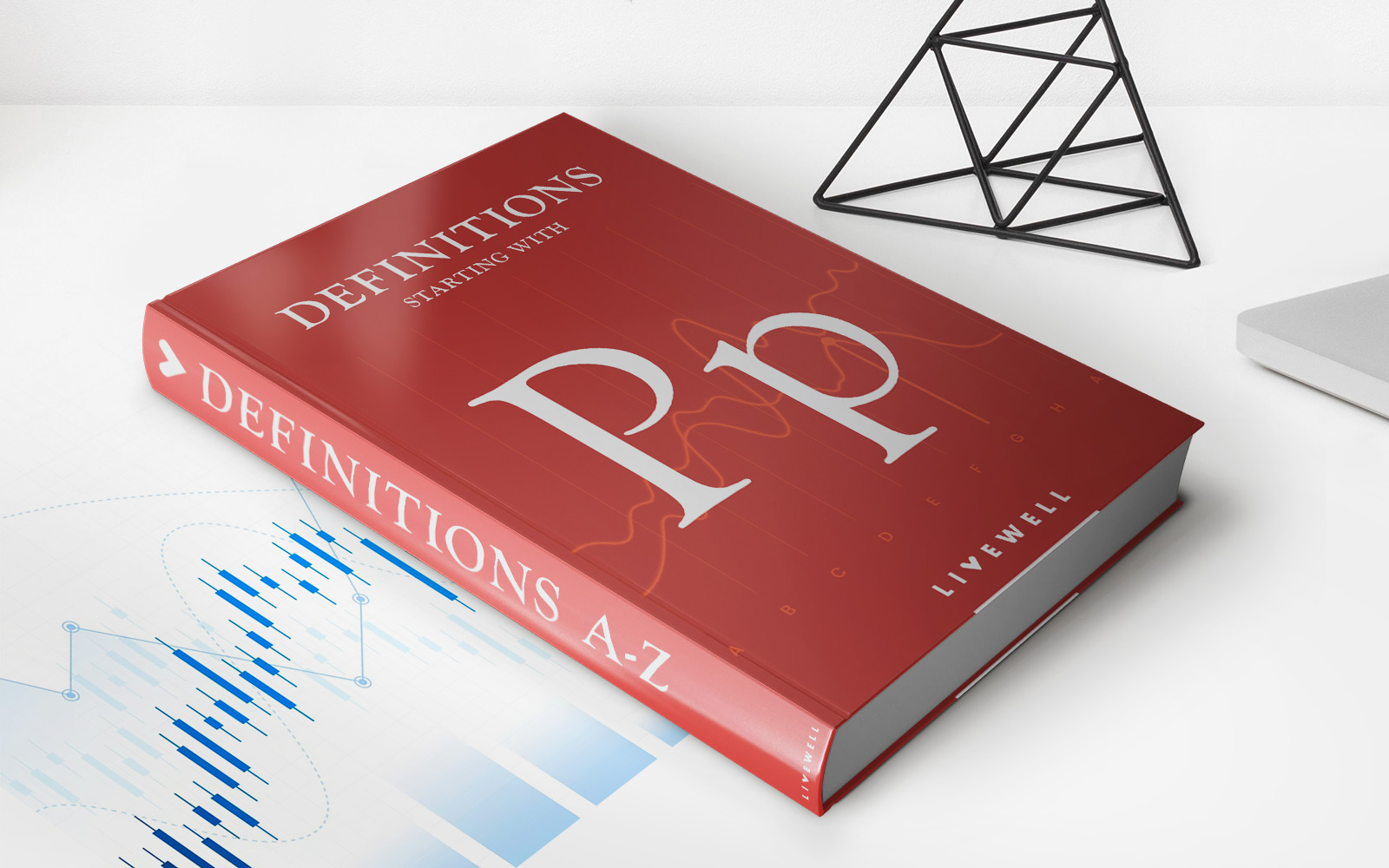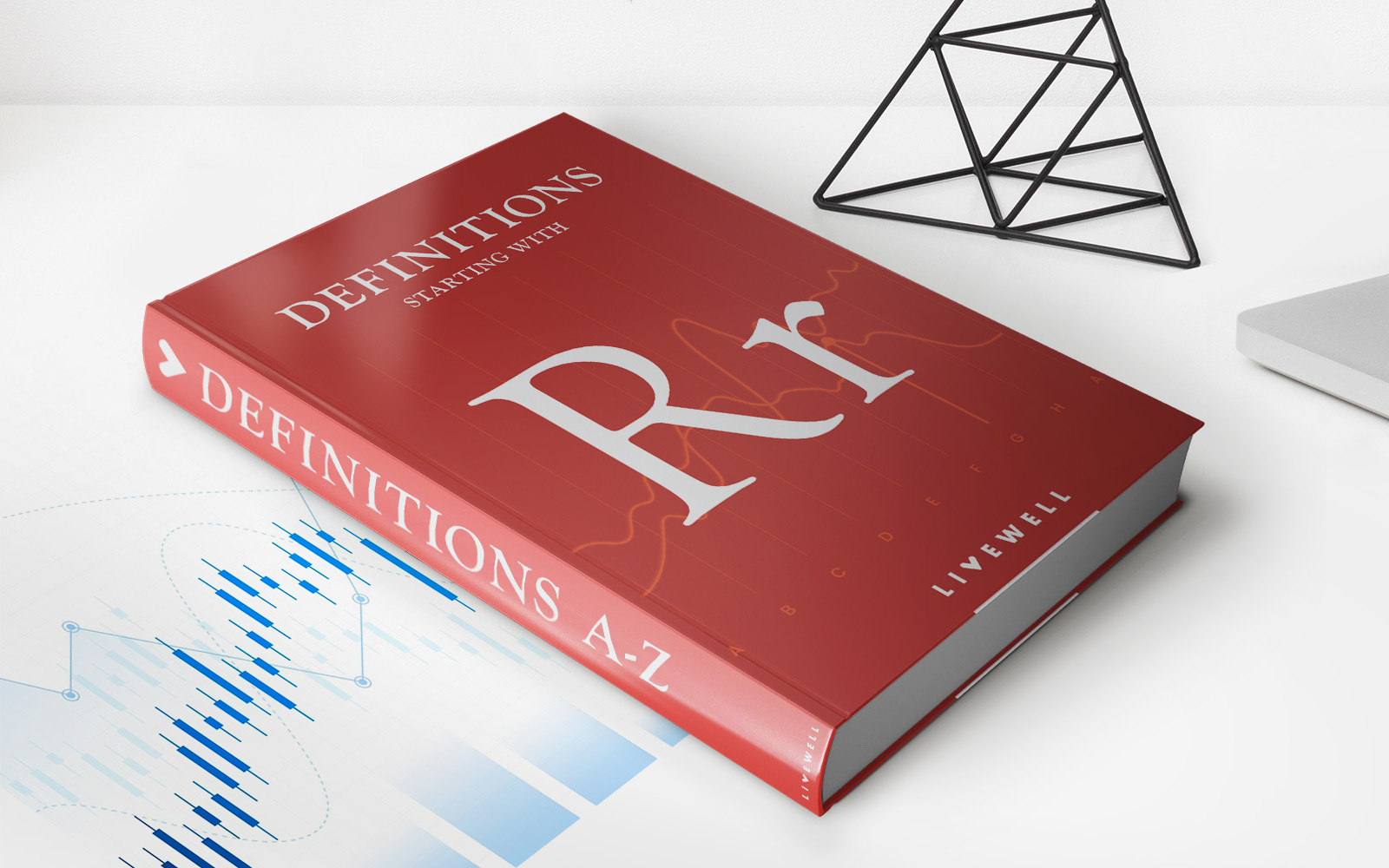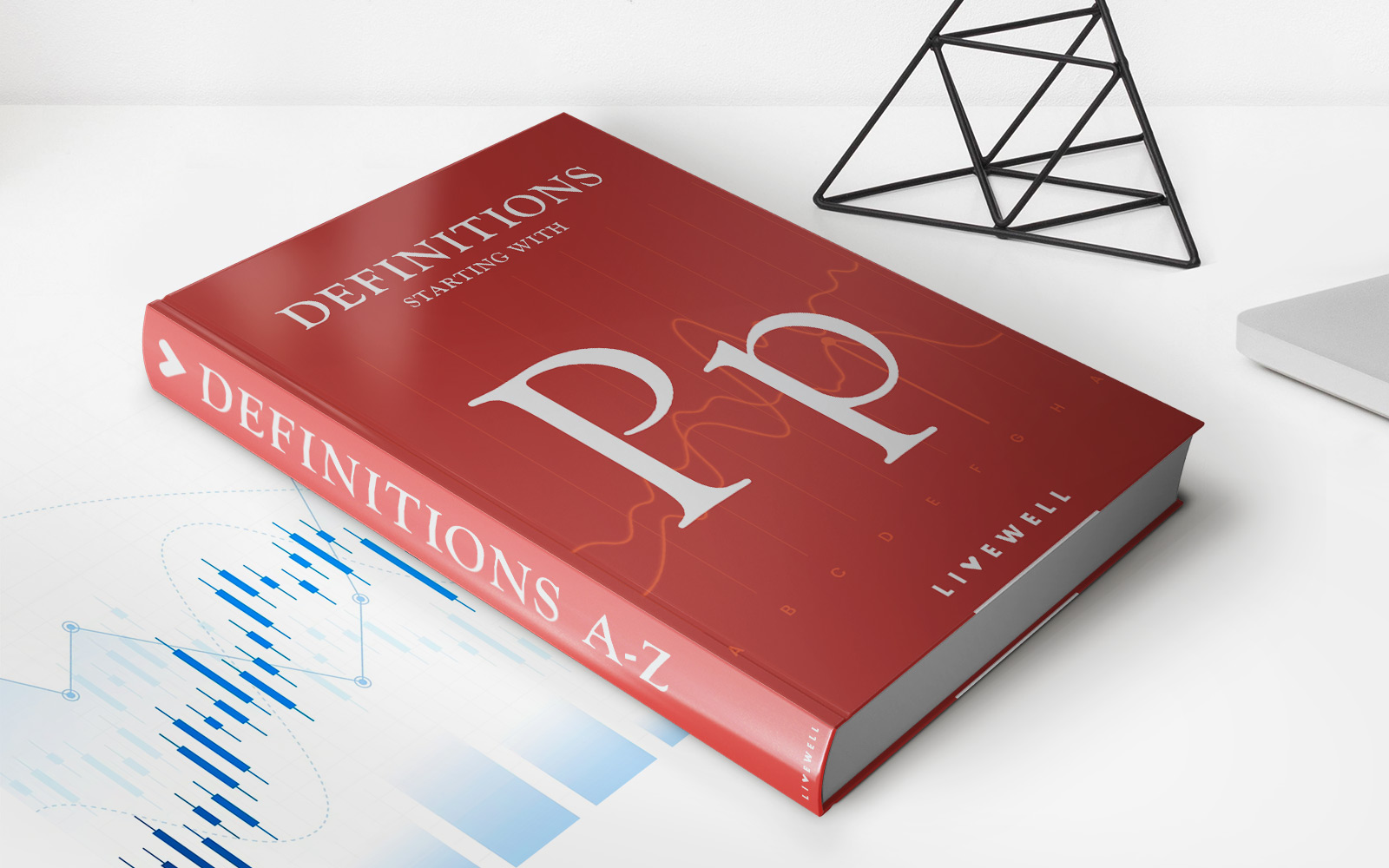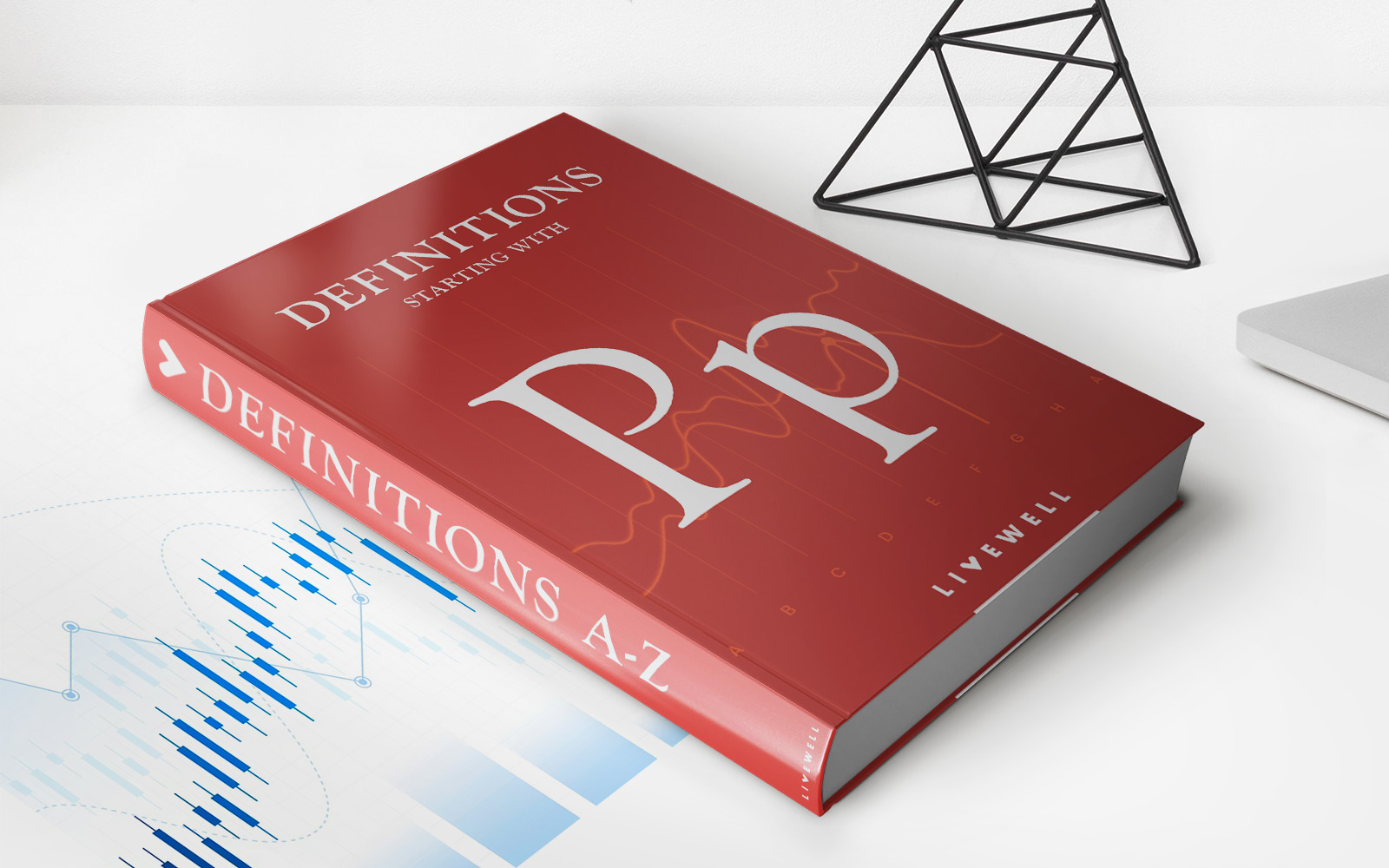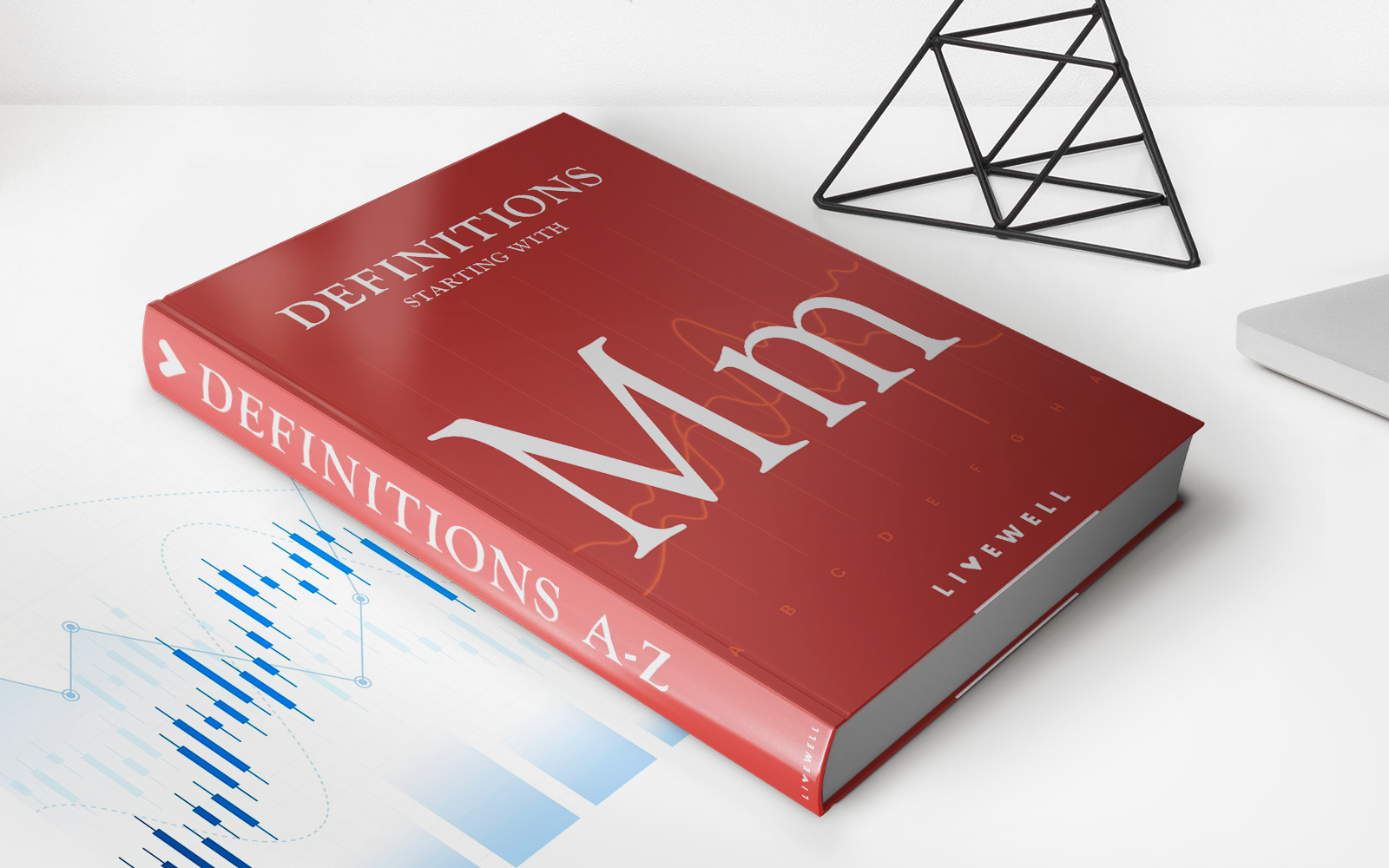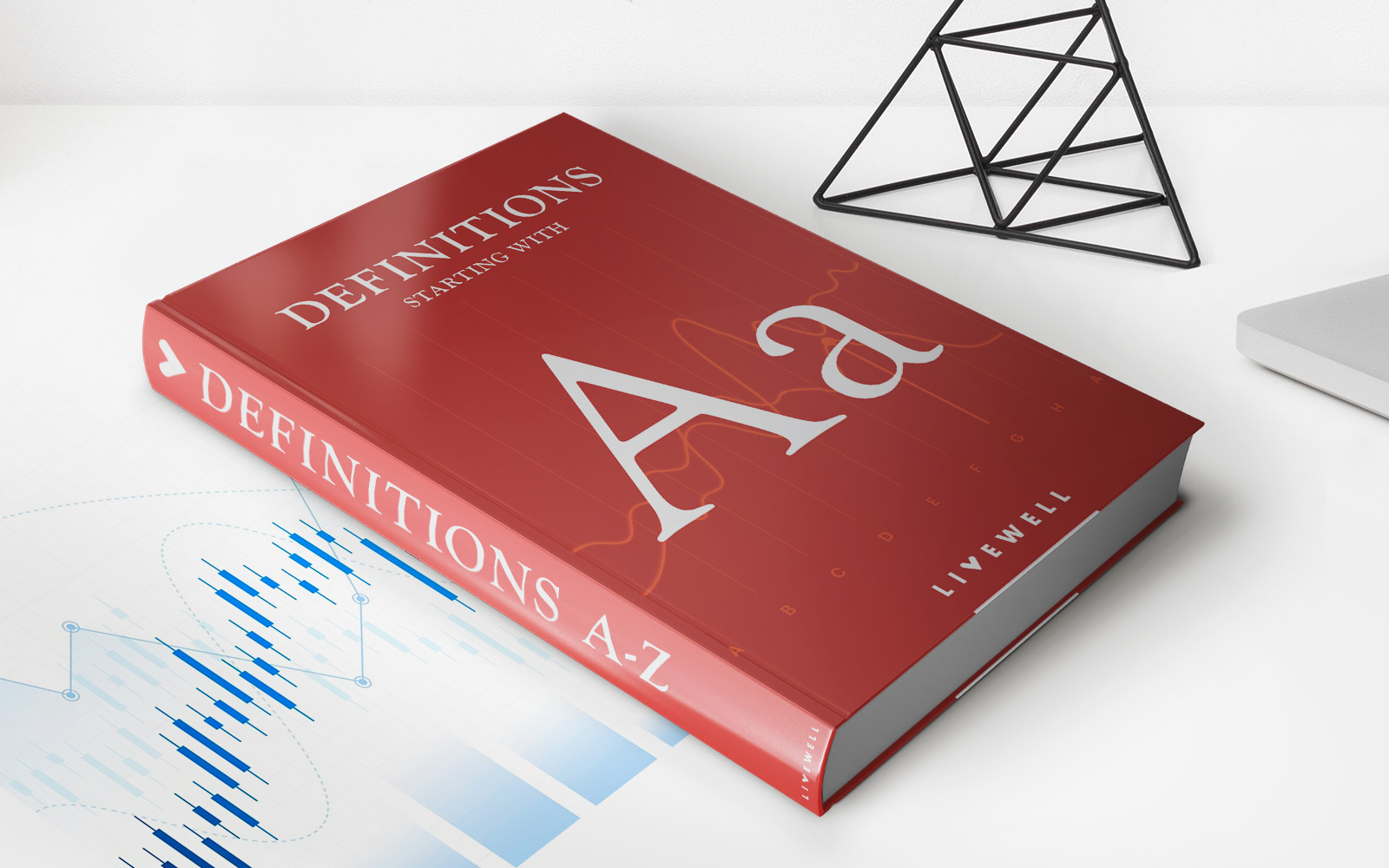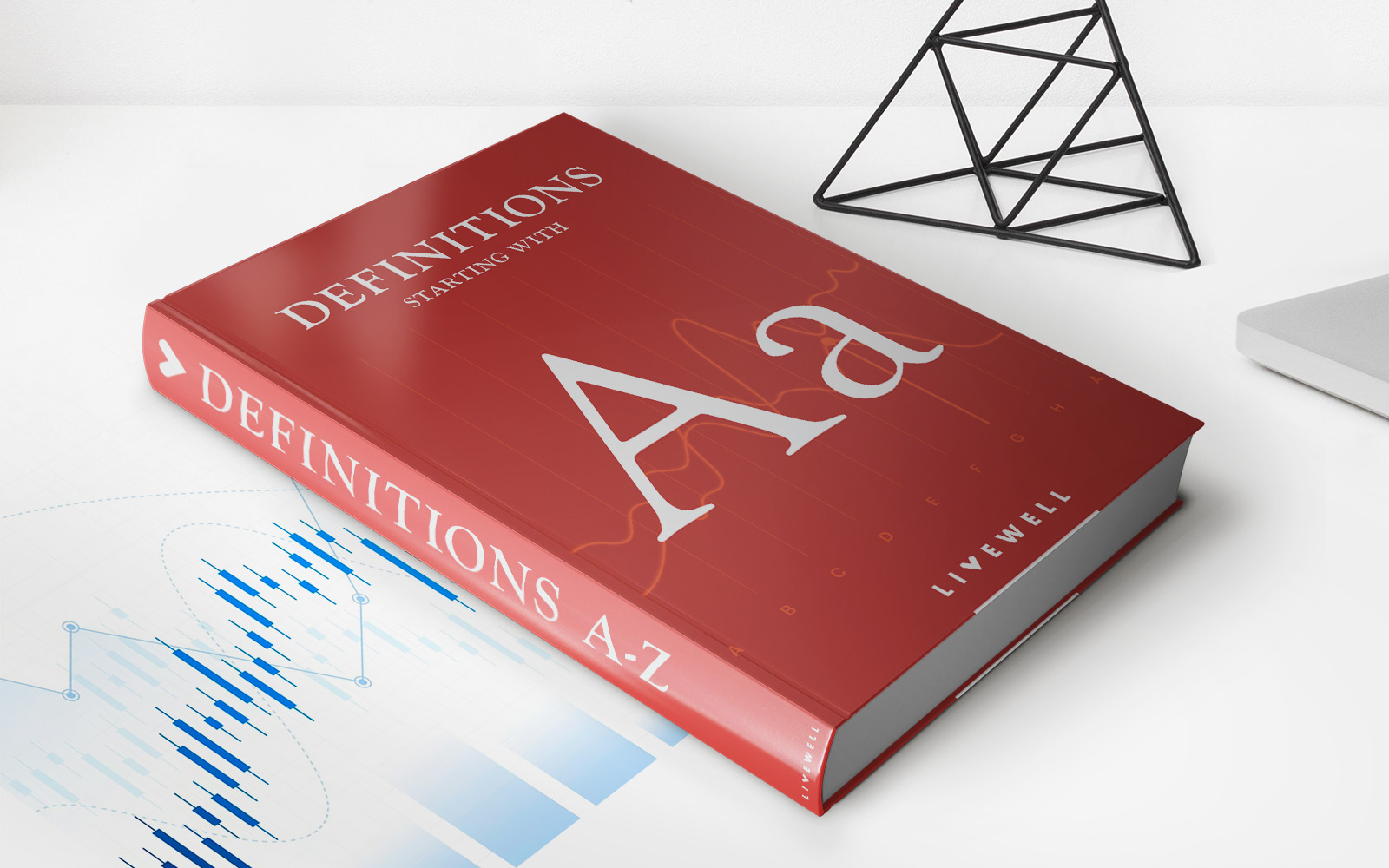Home>Finance>Material Participation Tests: Definition, IRS Rules, Vs. Passive


Finance
Material Participation Tests: Definition, IRS Rules, Vs. Passive
Published: December 23, 2023
Learn about the material participation tests in finance, including IRS rules and the difference between active participation and passive participation.
(Many of the links in this article redirect to a specific reviewed product. Your purchase of these products through affiliate links helps to generate commission for LiveWell, at no extra cost. Learn more)
Material Participation Tests: Definition, IRS Rules, vs. Passive
Welcome to our Finance blog! Today, we are diving deep into the topic of Material Participation Tests. If you’ve ever wondered about the IRS rules and how they determine whether your income is considered active or passive, you’re in the right place. In this article, we’ll walk you through the definition of Material Participation Tests, the IRS rules surrounding them, and the key differences between active and passive income. Let’s get started!
Key Takeaways:
- Material Participation Tests are used by the IRS to determine whether your income is active or passive.
- Meeting the Material Participation Tests means you are actively involved in the management or operations of a business or rental activity.
What are Material Participation Tests?
Material Participation Tests are criteria used by the Internal Revenue Service (IRS) to determine whether an individual or entity is actively involved in the management or operations of a trade or business, or in rental real estate activities. These tests help the IRS determine whether the income from these activities should be classified as active or passive.
IRS Rules for Material Participation Tests
The IRS has established various rules and tests to determine material participation. Let’s take a look at some of the key criteria:
- The 500-Hour Test: To meet this test, an individual must participate in the activity for at least 500 hours during the tax year. The participation can be in the form of direct involvement or significant administrative, operational, or management duties.
- The Significant Participation Activity Test: If an individual’s participation in multiple activities during the tax year exceeds 100 hours, and if their involvement in at least one of those activities meets the 500-Hour Test, they can satisfy the Significant Participation Activity Test.
- The 10% Test: Under this test, an individual must participate more than anyone else in the activity, with a minimum of 100 hours, and participate more than 10% of all individuals involved in this activity.
- The Facts and Circumstances Test: When an individual doesn’t meet any of the above tests, the IRS assesses the facts and circumstances of their participation to determine whether they materially participated in the activity.
Active vs. Passive Income
When it comes to income, there are two main classifications: active and passive. Let’s explore the key differences:
- Active Income: Income received from activities in which an individual materially participates. It includes wages, salary, self-employment income, and income from businesses in which the individual is actively involved.
- Passive Income: Income received from activities in which an individual does not materially participate. This includes income from rental properties, limited partnerships, and certain investments.
It’s essential to understand the distinctions between these types of income, as they may have different tax implications and related deductions.
Conclusion
Understanding Material Participation Tests and the IRS rules surrounding them is crucial for correctly classifying your income as active or passive. By meeting these tests, you can determine whether you are actively involved in a business or rental activity, which may have significant tax implications.
In summary, Material Participation Tests help the IRS assess an individual or entity’s involvement in a trade or business. It’s important to understand the specific tests and their requirements to ensure accurate reporting. By recognizing the differences between active and passive income, you can effectively manage your finances and maximize your tax benefits.
We hope this article has shed some light on Material Participation Tests and their significance in determining the classification of income. If you have any further questions or would like to learn more about this topic, feel free to reach out to our experts in the Finance category.
